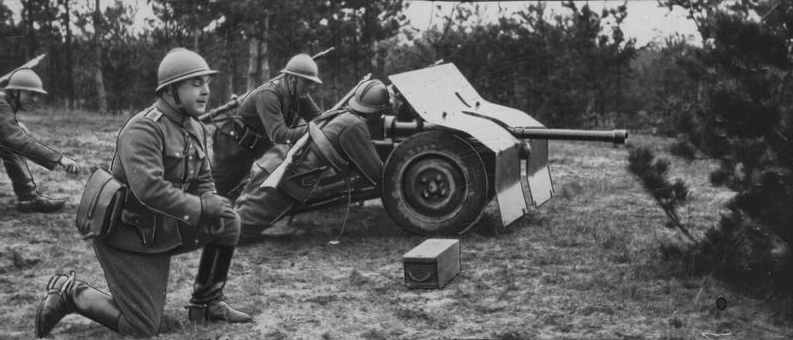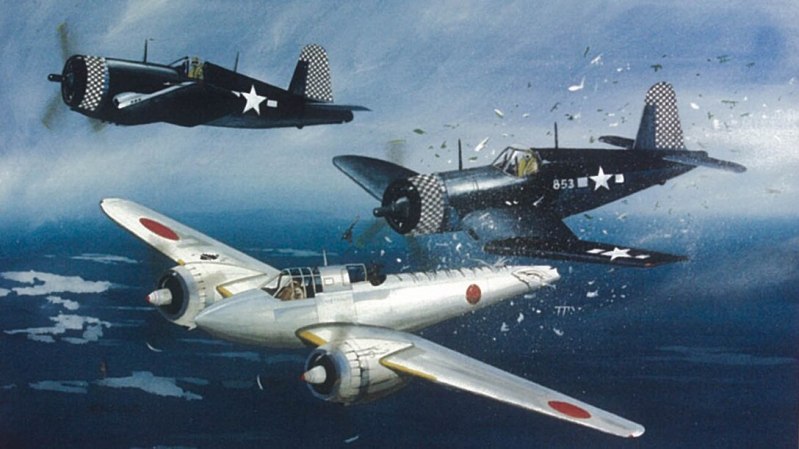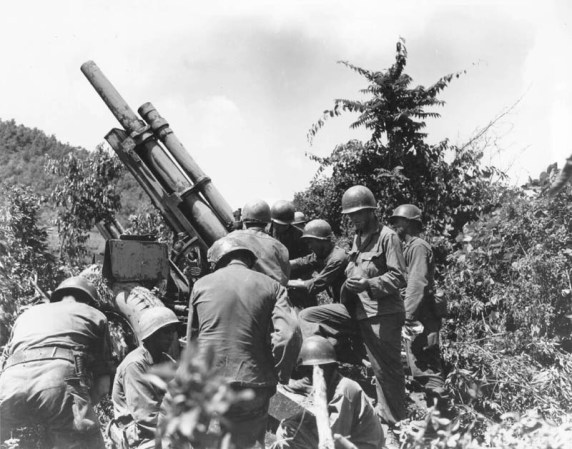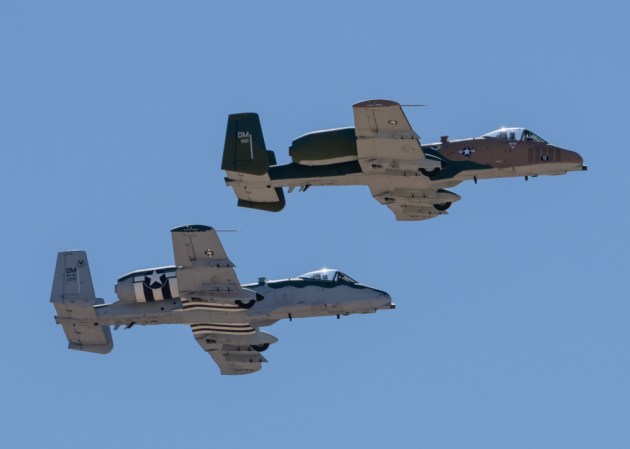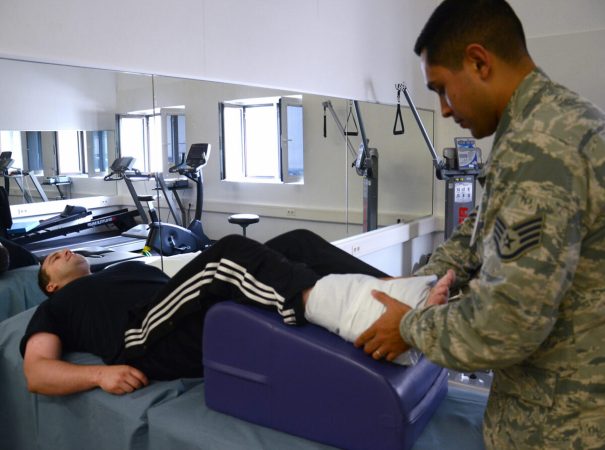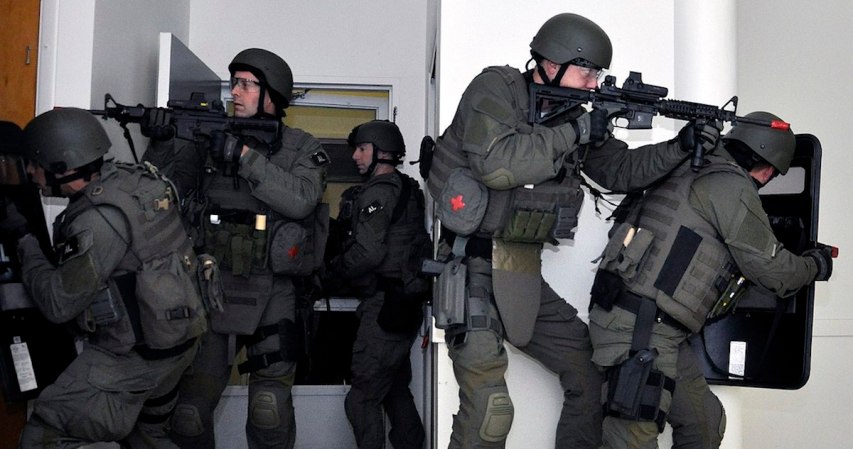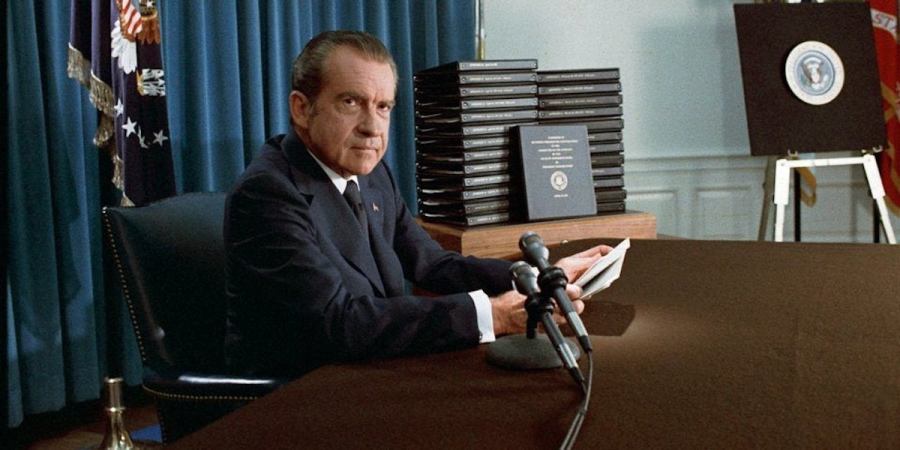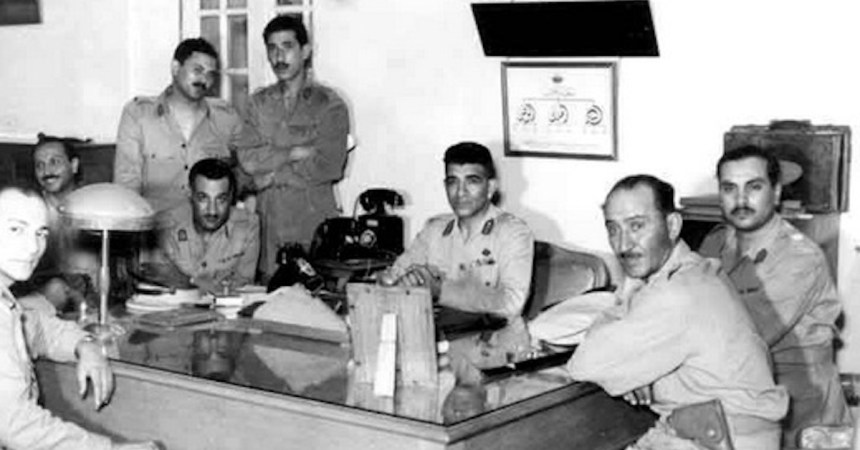Ever since the Greeks met the Persians at Thermopylae, it has been the iconic standard of a small force pinning down a much larger army for the greater good. Though the movie 300 would have us believe that the number of Greeks defending the pass was just 300, the actual number of defenders was more like 7,000.
Still, a great victory, even though the odds were slightly better. The Polish Army at the beginning of World War II in Europe had much larger odds to contend with, given their circumstances. Though it lasted little more than a month, the stories of Poland’s stalwart defenders are so numerous, despite being outnumbered, outclassed and outgunned by the German Wehrmacht and being invaded from almost all sides.
The Battle of Wizna is one of those astonishing stories.
In the first week after German forces invaded Poland, they came across a small fortified Polish position near the town of Wizna. Though reinforced, the position was manned by only 700 soldiers armed with just two 76mm anti-tank guns, 42 MGs and 2 anti-tank rifles. Coming at them was 42,200 infantry, 350 tanks and 657 artillery pieces from the German 10th Panzer Division.

Though massively outnumbered, its commander, Capt. Władysław Raginis, knew he had to delay the Germans to prevent the encirclement of Independent Operational Group Narew and allow for time to prepare for the defense of Warsaw. Raginis swore he would hold the position as long as he was still alive, a promise he kept.
The Pole occupied a series of 12 bunkers arranged along the line of Narew River. Though the position was small, it was an important hub given its position along major roads and waterways. The Germans could not go around it nor could they simply blast it to bits with artillery. When the assault began, the Germans were able to force the Poles to escape from the field trenches around the fort or retreat over a nearby bridge that was burned to keep it from the Germans.
The Germans paid a high price for that action and the Poles were now left to the series of bunkers with no relief in sight. Time and again the Germans assaulted the bunkers as engineers systematically destroyed parts of the fortifications. For three days, the Poles held on, taking a heavy toll on their attackers. Each bunker that fell to the enemy only came as a result of heavy fighting.
After three days, only two bunkers were still standing. Most of the Poles were wounded and they’d lost most of their heavy weapons keeping the Germans at bay. The Wehrmacht commander, Heinz Guderian then gave Raginis an ultimatum: either surrender the fortifications or he would start shooting Polish prisoners of war. A cease-fire came only after a German envoy approached under a flag of truce.

Considering his situation, Raginis – Poland’s King Leonidas – decided that his wounded and tired men should surrender to the Germans rather than be killed to a man, or risk losing the Polish POWs. Being nearly completely out of ammo, they surrendered – all except Raginis.
True to his promise of holding the bunker as long as he was alive, Capt. Raginis placed a grenade under his chin and pulled the pin.
No one really knows what happened to the Poles taken prisoner by Guderian that day. Only 70 defenders of Wizna survived. Guderian wrote in his diary that 900 Germans died at Wizna, along with 10 tanks and even one aircraft being destroyed.

Today, just one of the ruined bunkers still remains on the site and the heroic stand of the Polish at Wizna is well-known in Poland. For his part, Capt. Władysław Raginis is still a national hero in Poland.


